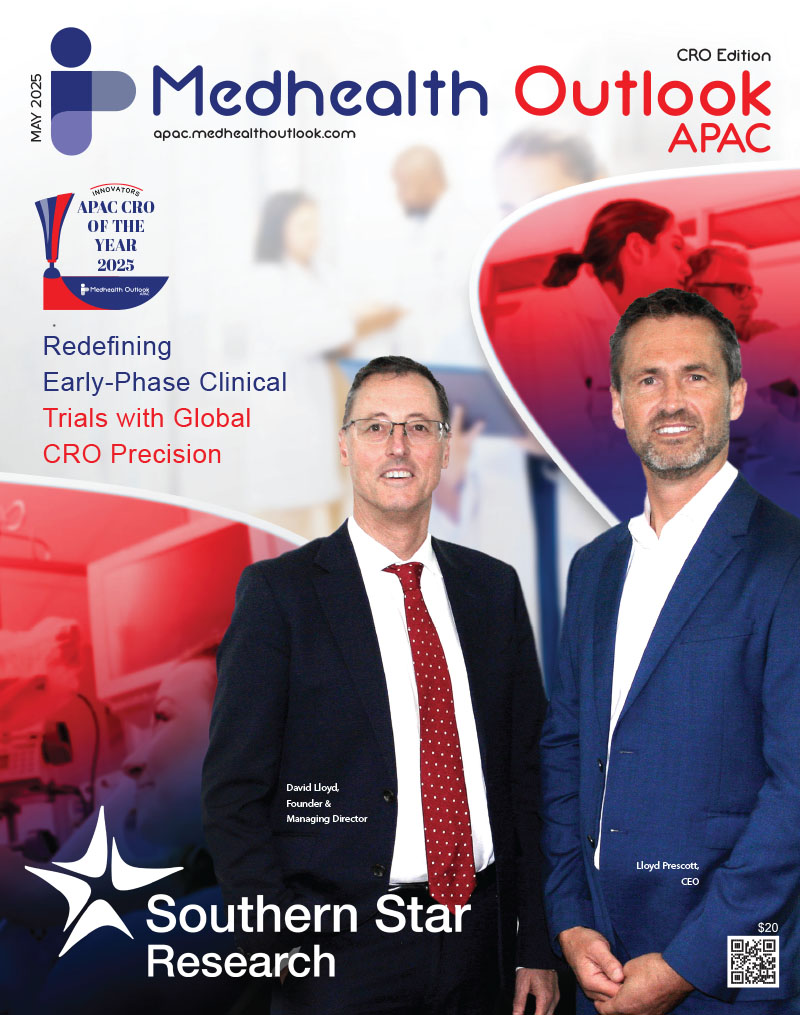CHM 1101 is an investigational first-in-class genetically modified patient-specific cell therapy being developed for the treatment of the most common and most deadly human brain cancers, glioblastoma multiforme (GBM). Clinically, GBM can present with headaches, seizures or changes in personality. While GBM can affect men or women of any age, the median age at diagnosis is 62 with a male predominance. In the United States, there are over 11,000 new GBM cases diagnosed and over 8,000 deaths per year (SEER database accessed Nov 13, 2022). Unfortunately, clinical outcomes for patients with GBM are generally poor and the median overall survival has not improved for >25 years.(Wu et al., 2021) For patients who choose not to receive treatment, survival is generally measured in weeks. For patients treated with available multi-modality therapies, the median overall survival is 15 months, and 5-year survival is <5%.(Zhang et al., 2020)
Due to the critical ongoing unmet medical need, novel medicines for patients with GBM are sought with great urgency. In 1991, chlorotoxin (CLTX) was isolated from deathstalker scorpion venom.(DeBin et al., 1993) Several years later, investigators at The University of Alabama at Birmingham demonstrated that CLTX binds selectively to cancer cells with high specificity compared to surrounding normal tissue.(Soroceanu et al., 1998) In 2006, a clinical trial of radiolabeled CLTX was safely injected into the GBM tumor resection cavity and showed signs of clinical activity.(Mamelak et al., 2006). The following year, investigators at the Fred Hutchinson Cancer Center described the intraoperative use of fluorescently labeled CLTX (Tumor Paint®) administered intravenously. In this study, labeled CLTX trafficked to the brain, where it bound GBM tumor tissue and facilitated optimal surgical resections.(Veiseh et al., 2007) In addition to glioma, CLTX also binds to other tumors with high unmet medical needs, including melanoma, small cell lung carcinoma, neuroblastoma, medulloblastoma, Ewing’s sarcoma, and pheochromocytoma.(Lyons et al., 2002)
While prior attempts to treat GBM with chimeric antigen receptor (CAR) T-cells have been limited by tumor heterogeneity and limited tumor antigen expression, chlorotoxin (CLTX)-directed CAR T-cells in mice demonstrated broad anti-tumor activity and prolonged survival with no off-tumor toxicity or antigen escape (Wang et al., 2020). More recently, investigators at City of Hope Medical Center reported on their experience using CHM 1101, a genetically modified autologous CAR T- cell therapy using the CLTX amino acid sequence as the targeting warhead. The extracellular domain of CHM 1101 is composed of the 36- amino acid CLTX peptide and an optimized extracellular spacer. The CHM 1101 intracellular domains include the CD3- signaling and CD28 costimulatory domains. CHM 1101 expresses an inert truncated (non-signaling) CD19 extracellular domain that is used to track CHM 1101 in patients’ blood and can also be used as a safety switch, if needed (Wang D, et al. Sci Transl Med. 2020;12(533).
In the first human clinical trial, patients with GBM are being treated with intracranial doses of CHM –1101 across four dose levels. In 2021, interim results from this trial reported no dose-limiting toxicities or cell therapy-related adverse events. Furthermore, in this group of patients with very aggressive disease, five of seven patients experienced disease control (Brown CE et al. CTIM-29. SNO, 2021). Building upon the promising data from this ongoing clinical trial, a single-arm open-label clinical trial of CHM 1101 is opening for enrollment at clinical sites across the United States. This clinical trial will confirm the safety and activity of CHM –1101 (ClinicalTrials.gov: NCT05627323). Upon confirming safety, additional GBM patients will be enrolled to establish the anti-cancer activity and potential for CHM 1101 to provide an important new medicine for patients with deadly brain tumors.
DeBin, J. A., Maggio, J. E., & Strichartz, G. R. (1993). Purification and characterization of chlorotoxin, a chloride channel ligand from the venom of the scorpion. Am J Physiol, 264(2 Pt 1), C361-369. https://doi.org/10.1152/ajpcell.1993.264.2.C361
Lyons, S. A., O’Neal, J., & Sontheimer, H. (2002). Chlorotoxin, a scorpion-derived peptide, specifically binds to gliomas and tumors of neuroectodermal origin. Glia, 39(2), 162-173. https://doi.org/10.1002/glia.10083
Mamelak, A. N., Rosenfeld, S., Bucholz, R., Raubitschek, A., Nabors, L. B., Fiveash, J. B., Shen, S., Khazaeli, M. B., Colcher, D., Liu, A., Osman, M., Guthrie, B., Schade-Bijur, S., Hablitz, D. M., Alvarez, V. L., & Gonda, M. A. (2006). Phase I single-dose study of intracavitary-administered iodine-131-TM-601 in adults with recurrent high-grade glioma. J Clin Oncol, 24(22), 3644-3650. https://doi.org/10.1200/jco.2005.05.4569
Soroceanu, L., Gillespie, Y., Khazaeli, M. B., & Sontheimer, H. (1998). Use of chlorotoxin for targeting of primary brain tumors. Cancer Res, 58(21), 4871-4879. https://www.ncbi.nlm.nih.gov/pubmed/9809993
Veiseh, M., Gabikian, P., Bahrami, S. B., Veiseh, O., Zhang, M., Hackman, R. C., Ravanpay, A. C., Stroud, M. R., Kusuma, Y., Hansen, S. J., Kwok, D., Munoz, N. M., Sze, R. W., Grady, W. M., Greenberg, N. M., Ellenbogen, R. G., & Olson, J. M. (2007). Tumor paint: a chlorotoxin:Cy5.5 bioconjugate for intraoperative visualization of cancer foci. Cancer Res, 67(14), 6882-6888. https://doi.org/10.1158/0008-5472.Can-06-3948
Wu, W., Klockow, J. L., Zhang, M., Lafortune, F., Chang, E., Jin, L., Wu, Y., & Daldrup-Link, H. E. (2021). Glioblastoma multiforme (GBM): An overview of current therapies and mechanisms of resistance. Pharmacol Res, 171, 105780. https://doi.org/10.1016/j.phrs.2021.105780
Zhang, P., Xia, Q., Liu, L., Li, S., & Dong, L. (2020). Current Opinion on Molecular Characterization for GBM Classification in Guiding Clinical Diagnosis, Prognosis, and Therapy. Front Mol Biosci, 7, 562798. https://doi.org/10.3389/fmolb.2020.562798












